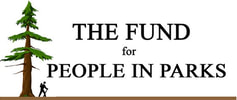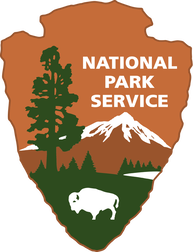Fort Vancouver National Historic Site
Fort Vancouver Conversations: Indigenous Video Series
Fort Vancouver Conversations: Indigenous Video Series
|
National Monument
1948 National Historic Site 1961 Park Size 210 acres Annual Visitors 968,000 Park Fee $10 to visit fort, free to walk grounds Superintendent Tracy Fortmann Park Partner Friends of Fort Vancouver National Historic Site Location Clark County, WA and Clackamas County, OR |
Fort Vancouver National Historic Site has mostly focused on its role as a 19th-century fur trading post that was the headquarters for Hudson's Bay Company. However, the park also has important stories of Indigenous history and modern Tribal connections, which have been overlooked in the park's exhibits and media.
The park worked with the Confederated Tribes of the Grand Ronde to create a series of topical videos that address the relationship between the Tribes and the park, how communication between different groups can be improved, and covering some of the history and ongoing connections between Indigenous groups and the park. A grant from The Fund for People in Parks funded a pilot run of three videos that can be shown at the park and on its social media platforms, as well as included in trainings the Tribes offer to federal, state, and local government staff and contractors. The park is hopeful the pilot will be the beginning of a longer run of videos with other Tribes, and may inspire other National Parks to deepen their connections with Indigenous groups so that their stories may be better told, as well. This project was completed in Spring 2025 and videos are available below, and on the park's YouTube channel. Project Cost: $25,125 Project Completed: 2025 The Fund for People in Parks: $13,125 National Park Service: $12,000 The park is ready for the next generation of interpretation at Fort Vancouver, with plans to guide efforts to re-Indigenize the landscape, incorporate inclusive storytelling, and manage cultural resources. However, we realize that in many cases, our visitors and colleagues are disconnected from Tribal realities, not only of the 19th and 20th centuries, but also the 21st century. Bridging that knowledge gap is an essential first step before we move to more visible and intensive changes to the park." |


